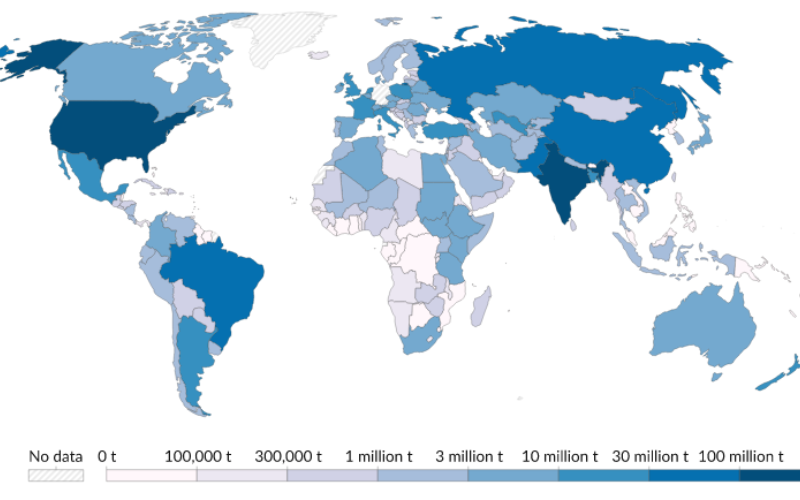The Global Milk Production Sees 0.5% Growth in 2025

The modest yet significant rise occurred in a volatile market, where only 11-12% of the global production is traded internationally.
The global milk production increased by 0.95% until July 2025, driven by high international demand and reaching record prices, although moderation is anticipated for 2026.
Traditional exporters like the European Union, the USA, New Zealand, Australia, Argentina, Uruguay, and Brazil collectively increased their production by approximately 0.7%, amidst an international demand rebound particularly in China and Southeast Asia.
Enhanced producer margins, favorable weather conditions, health recovery in Europe, and stable feed costs have bolstered supply. However, a moderate expansion projected for 2026 (? +0.44%) indicates existing risks in the boom. In major regions like the USA, production rose 3.4% year-on-year in July, leading the growth, while the EU’s increase is marked by regional disparities and climatic or health challenges. Oceania expects a strong peak in New Zealand, while Australia faces constraints. Despite international milk and dairy prices hitting record highs, potential tensions may arise if demand falters. Risks such as climatic events, health outbreaks, and oversupply at certain times could generate volatility for producers.
